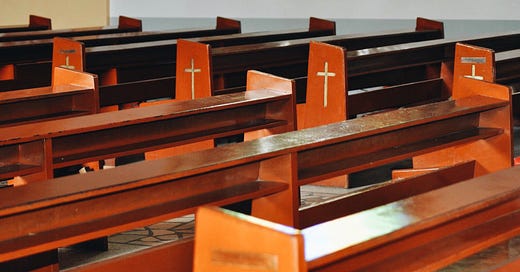Are We Approaching the End of the Secular Surge?
The Nones are still growing, but there are signs that could change
One of the defining demographic trends of the past several decades has been the rise of the “Nones,” also known as the religiously unaffiliated. The General Social Survey (GSS), which has measured national religious identity since the early 1970s, first identified the spike in nonreligious affiliation starting in the mid-1990s. In recent years, there ha…
Keep reading with a 7-day free trial
Subscribe to American Storylines to keep reading this post and get 7 days of free access to the full post archives.




